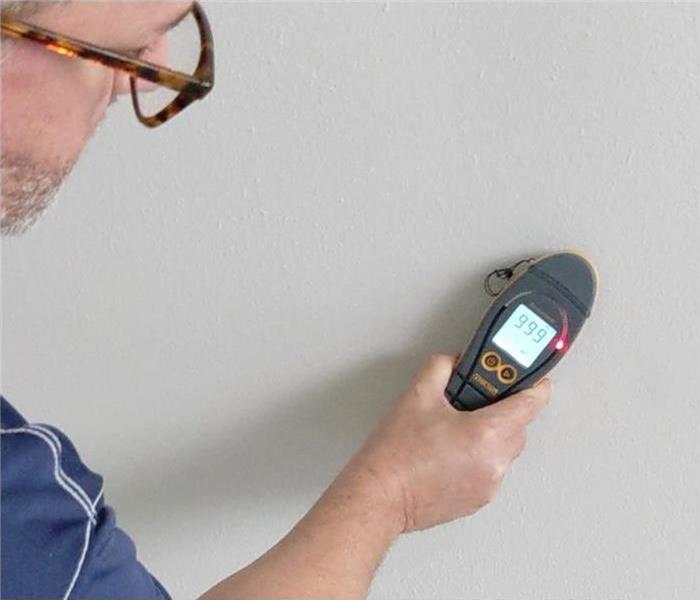Humidity: Primary and Secondary Damages Explained by Restoration Experts
8/8/2022 (Permalink)
 Call SERVPRO of Gulf Beaches South / West St. Petersburg restoration experts to mitigate primary and secondary damage due to storm, flooding + water.
Call SERVPRO of Gulf Beaches South / West St. Petersburg restoration experts to mitigate primary and secondary damage due to storm, flooding + water.
Different Types of Water Damage
Whenever excessive moisture gets inside a building, the problems it causes can be broken down into two categories: primary and secondary damage.
Primary Damage
When water leaks from a pipe or an appliance, it comes in contact with contents and building materials. Anything that happens due to direct contact with liquid water, such as the carpet's de-lamination, is considered primary damage.
Secondary Damage
Once water gets inside a structure, it naturally raises humidity levels indoors when moisture from wet materials evaporates into the air. Elevated humidity levels can also cause building materials issues since water transfers from the air into dry materials to reach equilibrium. When water vapor causes structural problems, it is called secondary damage.
Extraction procedures help reduce primary issues, and structural drying helps mitigate both primary and secondary water damage. When our SERVPRO technicians deal with any water damage situation, we monitor both relative and specific humidity.
What Controls Humidity?
Controlling humidity levels in a structure helps speed up structural drying times. Wet materials dry out faster if the humidity inside a building is kept low using air movers and dehumidifiers. Monitoring and strategic placement of these devices optimize drying times. When we keep humidity levels low, we also reduce water vapor in the air, causing fewer secondary issues.
Relative Humidity
Relative Humidity (RH) is a measure of how much water is in the air at any given temperature. RH is expressed as a percentage, so if the relative humidity is 100%, then the air is holding as much moisture as it can at that temperature. At this point, if not sooner, condensation can occur inside the building. "Raining" inside your home can only exacerbate the already water damaging effects. Air can hold more water at higher temperatures, so increasing the house's temperature will lower the relative humidity. That is one of the features of our HEPA filters. Not only does the filter suck the moisture from the air, but it also heats the air to dry the space quicker.
Specific Humidity
The temperature has such a significant effect on relative humidity, but it's not always a good gauge of how much water exists in the air. Specific humidity is the actual amount of moisture in the air. When our restoration professionals measure specific humidity, they count the actual grains of moisture in each pound of air. To find specific humidity, we measure relative humidity levels and the room's temperature. We then put these numbers in a psychrometric chart that gives us the grains per pound (GPP) number.
If you ever need help with issues related to water or humidity, such as flood damage, storm damage, or microbial growth, call SERVPRO of Gulf Beaches South / West St. Petersburg at (727) 521-2562, available 24 hours a day.





 24/7 Emergency Service
24/7 Emergency Service